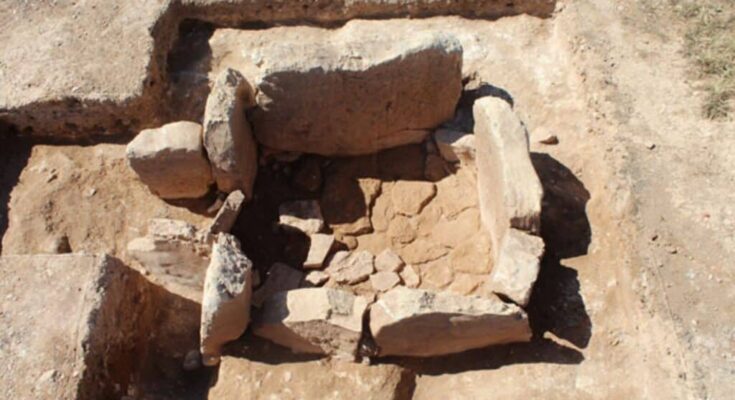
Researchers recently made an interesting discovery in Granada, Spain. They found an ancient burial site that is about 5,600-years-old. At this site, the Panoría necropolis, there are more female burials than men. This unusual finding has led to many questions about what likely seems to have been a female-centered social structure.
The difference is even more noticeable among the burials of young people. For every young male found, there are 10 young females. This has surprised the researchers from the University of Granada.
Details of the study
In Darro, located over 400 kilometers (almost 250 mi.) south of Madrid, Spain, researchers have found a significant archaeological site known as the Panoría necropolis. This site contains at least nineteen graves, and nine of these have already been inspected in detail.
Thus far, the excavations have uncovered about 55,000 human skeletal remains. Tests on these remains show that the burials happened around 5,600 years ago, but the site wasn’t used again until about 4,100 years ago.
The researchers employed a new method to examine the tooth enamel and DNA of the skeletons. This innovative approach helped them determine the biological sex of the individuals buried there.
The findings indicate a strong preference for burying females over males, with twice as many female graves as male graves. This has sparked interest in understanding why this burial site shows such a pattern.
The female-majority burial pattern
Archaeologists have noted that the ratio of males to females at this Spanish necropolis is unusually skewed, deviating from the typical one-to-one ratio seen in most human populations. This kind of extreme difference is often seen only in special situations such as wars, conflicts, or heavy migration, according to scientists.
However, the consistent pattern of female-dominated burials found in all the graves at the site across various age groups and throughout the entire period of its use, suggests a different story. This pattern led researchers to conclude that the bias was likely a deliberate social choice rather than a result of dramatic events such as wars or conflicts.
Community following a matrilineal descent
Scientists believe that the ancient community likely followed matrilineal descent, meaning family ties and social status were traced through the mothers. This approach shaped their funerary practices, whereby burials emphasized the importance of female family members.
It appears that young males often left their birth groups to join new families, a practice known as male exogamy. This movement of males between groups was likely a common part of their culture.
In their studies, scientists pointed out that the findings at the Panoría site suggest a society that centered around women. This female-focused structure probably played a significant role in shaping their cultural traditions and rites.



